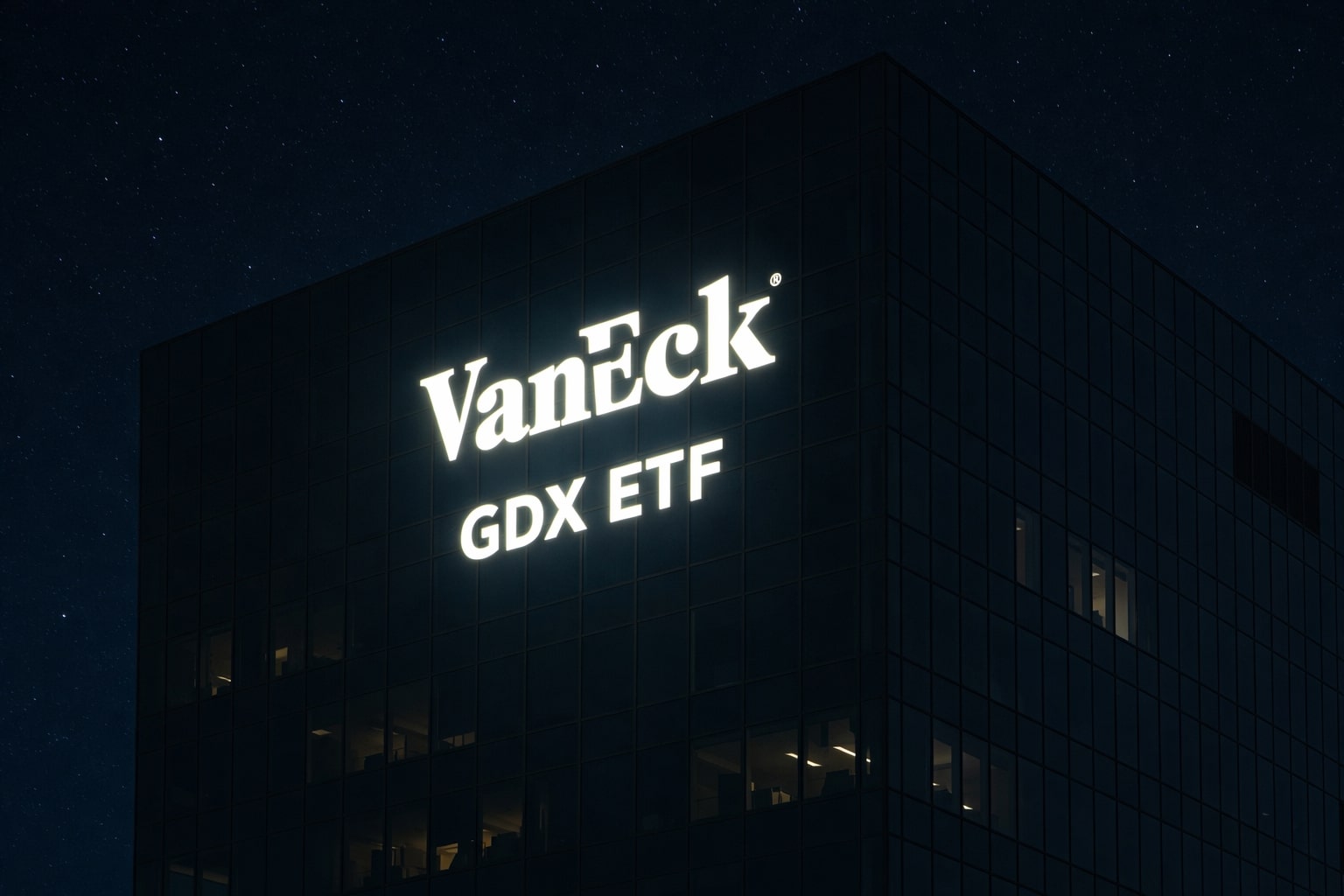
Financial Analysis: GameStop's Q3 Performance on NYSE:GME
Exploring GameStop’s Q3 Earnings: A Detailed Breakdown of Sales, Efficiency, and Strategic Position in the Retail Gaming Sector | That's TradingNEWS
GameStop Corp. (NYSE: GME): A Comprehensive Analysis of Financial Performance
Overview of GameStop’s Third Quarter Performance
GameStop Corp. (NYSE:GME), a major player in the gaming and retail sectors, reported net sales of $1.078 billion in the third quarter of 2023, a slight decrease from the $1.186 billion recorded in the same period last year. This indicates a challenging retail environment, possibly influenced by broader economic factors. A noteworthy aspect is the decrease in Selling, General, and Administrative (SG&A) expenses to $296.5 million or 27.5% of net sales, compared to $387.9 million or 32.7% of net sales in the prior year's third quarter. This reduction is a positive indication of the company’s efficiency measures and cost control strategies.
The reported net loss stood at $3.1 million, a significant improvement from the net loss of $94.7 million in the previous year’s quarter. This suggests a considerable turnaround in GameStop’s operational efficiency. The company’s cash position remains strong, with $1.210 billion in cash, cash equivalents, and marketable securities at the end of the quarter. The company’s long-term debt is limited to a low-interest, unsecured term loan, reflecting a solid balance sheet.
Detailed Financial Breakdown
- Net Sales: GameStop’s net sales saw a decline from $1.186 billion to $1.078 billion year-over-year.
- Gross Profit: The gross profit decreased marginally from $291.6 million to $281.8 million.
- Operating Loss: The company reduced its operating loss significantly from $96.3 million to $14.7 million.
- Interest Income and Other Losses: GameStop reported net interest income and other losses, which slightly impacted its financials.
Nine-Month Performance Evaluation
For the 39-week period ending October 28, 2023, GameStop’s net sales were $3.479 billion, compared to $3.700 billion in the corresponding period of 2022. This decline over the nine months is a point of concern, indicating possible challenges in sales growth or market competition. The cost of sales as a percentage of net sales has seen a marginal improvement, which could be attributed to more effective inventory management or cost-efficient sourcing strategies.
Balance Sheet Strength
GameStop’s balance sheet presents a relatively stable financial position. Key highlights include:
- Cash and Cash Equivalents: The company has a healthy cash reserve of $909.0 million.
- Marketable Securities: Marketable securities amount to $300.5 million.
- Merchandise Inventories: There is a noticeable reduction in merchandise inventories from $1.131 billion to $1.021 billion, suggesting efficient inventory management.
Cash Flow Analysis
GameStop’s cash flow statements provide insights into its operational efficiency and capital expenditure:
- Operating Activities: The net cash provided by operating activities was $19.1 million for the 13-week period ending October 28, 2023, compared to $177.3 million in the same period last year. This drastic reduction could be a red flag, indicating potential issues in operational efficiency or revenue generation.
- Free Cash Flow: The company’s free cash flow stood at $11.1 million for the 13 weeks ended October 28, 2023, a significant drop from $164.3 million in the previous year.
Sales Mix and Segment Performance
GameStop’s sales mix shows a diversified revenue stream:
- Hardware and Accessories: This segment constituted 53.7% of total sales, a slight increase from the previous year.
- Software: Software sales accounted for 29.8% of total sales.
- Collectibles: Sales in collectibles made up 16.5% of the total, indicating a stable demand in this niche.
Non-GAAP Financial Measures
GameStop’s adjusted EBITDA and adjusted net income/loss provide an alternative view of its financial health, excluding certain one-time items and non-operating expenses. These measures indicate an adjusted net income of $1.0 million for the 13 weeks ended October 28, 2023, an improvement from the adjusted net loss of $93.4 million in the previous year.
Conclusion:
GameStop’s third-quarter results reflect a mixed financial performance. While there is an improvement in net loss and a strong cash position, the decline in net sales and free cash flow raise concerns about the company’s growth trajectory and operational efficiency. The company’s strategic initiatives and cost control measures appear to be yielding results, but the challenge lies in sustaining sales growth and improving free cash flow. Investors and stakeholders will closely monitor GameStop’s strategies in the coming quarters, particularly in adapting to the evolving retail landscape and leveraging its strong market position. For a detailed stock analysis and real-time chart, visit Trading News’ GameStop page.
That's TradingNEWS
Read More
-
GDX ETF at $88 While Gold Tests $4,400: Are Gold Miners Poised for $100?
19.12.2025 · TradingNEWS ArchiveStocks
-
XRP ETF Boom: XRPI at $10.94 and XRPR at $15.49 as XRP-USD Clings to the $1.80–$1.90 Zone
19.12.2025 · TradingNEWS ArchiveCrypto
-
Natural Gas Price Forecast: NG=F Hovering Near $3.92 As Weather, LNG And Storage Collide
19.12.2025 · TradingNEWS ArchiveCommodities
-
USD/JPY Price Forecast - Dollar to Yen Near 157 as BoJ’s 0.75% Rate Hike Backfires on the Yen
19.12.2025 · TradingNEWS ArchiveForex


















